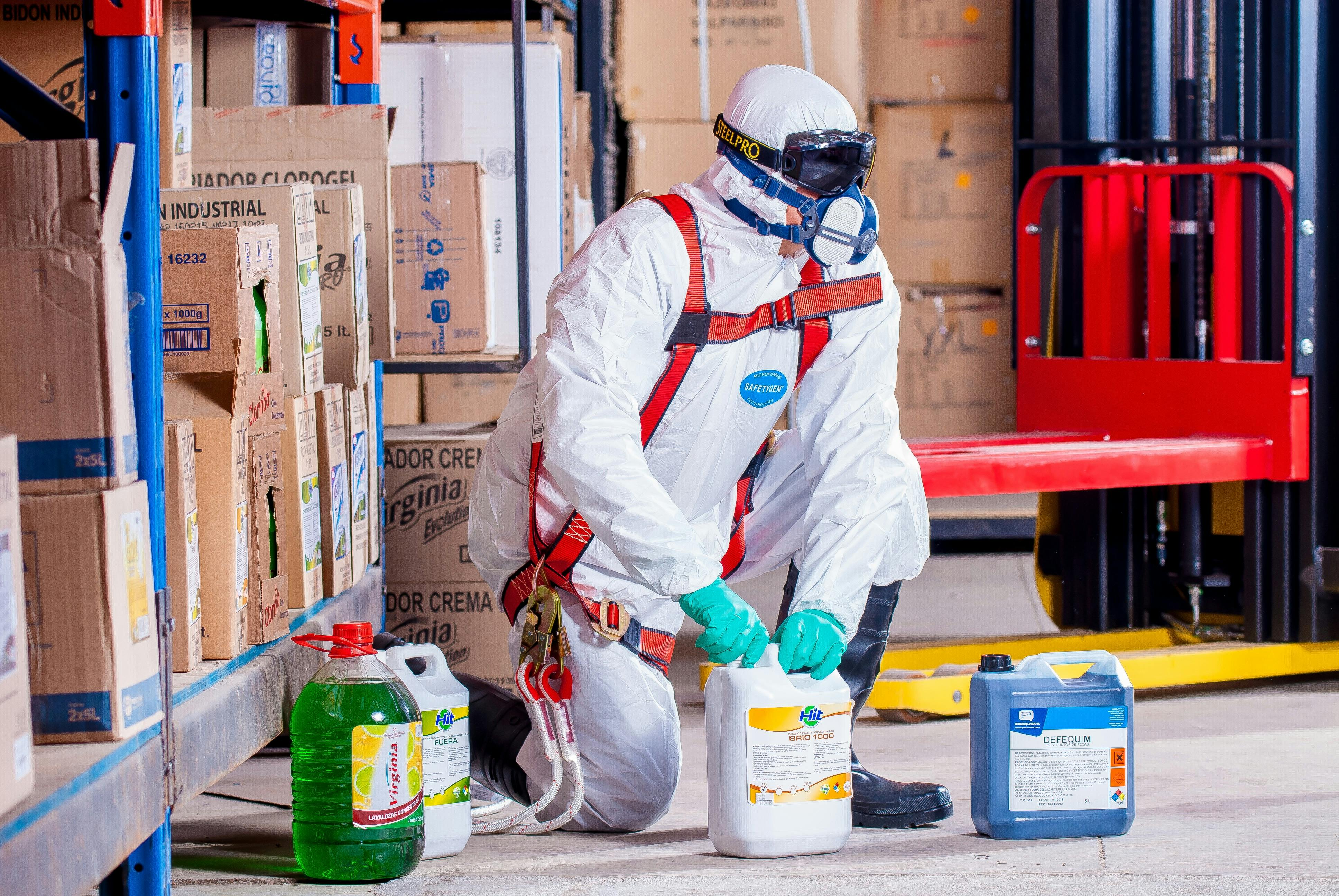Employers are required to supply proper protective equipment or PPE for employees.
PPE can cover a wide variety of different tools and equipment that keep the user safe, it can include items such as safety helmets, harnesses, high-visibility clothing or even respiratory protective equipment.
Even in areas where safety precautions have been taken, some hazards might remain. These hazards can cause real injuries if not properly addressed, these can include injuries to the lungs, the head, the eyes, the ears and the skin. PPE should not be implemented as the first form of protection for the user, PPE is a final barrier of defence that should only be implemented if other control options have already been attempted. It's vital that the correct equipment is chosen, and you've ensured that employees are trained on how to correctly fit and use them.
When Selecting PPE, it's important to choose products that have been CE marked in accordance with the Personal Protection Regulations 2002. It's also important that you take into consideration the user when choosing PPE, looking at the size, fit and weight of the PPE, as well as other the PPE the user, may need to use for example: wearing safety glasses could disturb the seal of a respirator. It's also important that you make sure an employee is trained to use the PPE but also understands why they need to wear them, and any risks that could occur to them if they choose not to wear them.
To properly find what PPE is needed a full Risk assessment is required. A risk assessment would allow you to find the potential risks that could arise in the workplace as well as then deciding on where PPE needs to be implemented and which type would be best suited.



